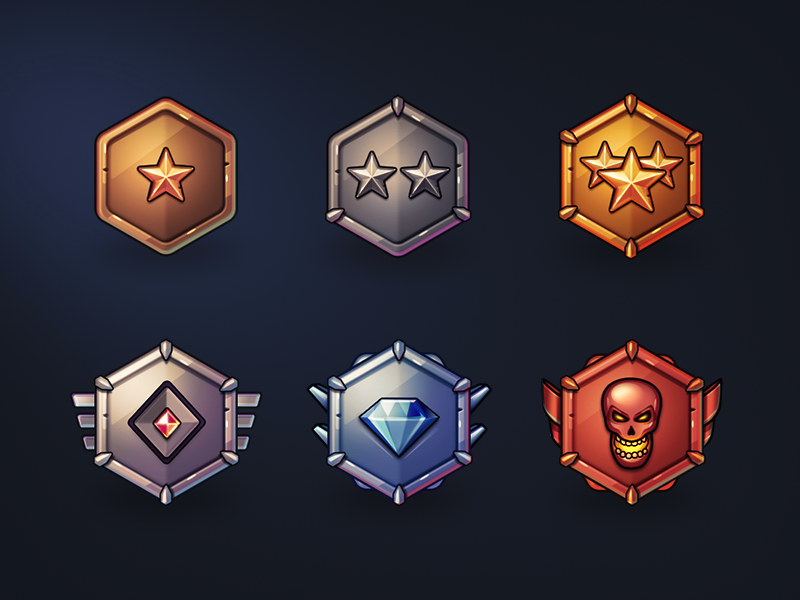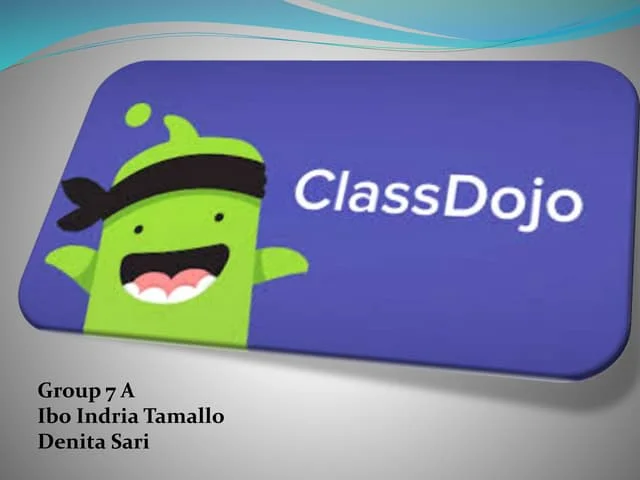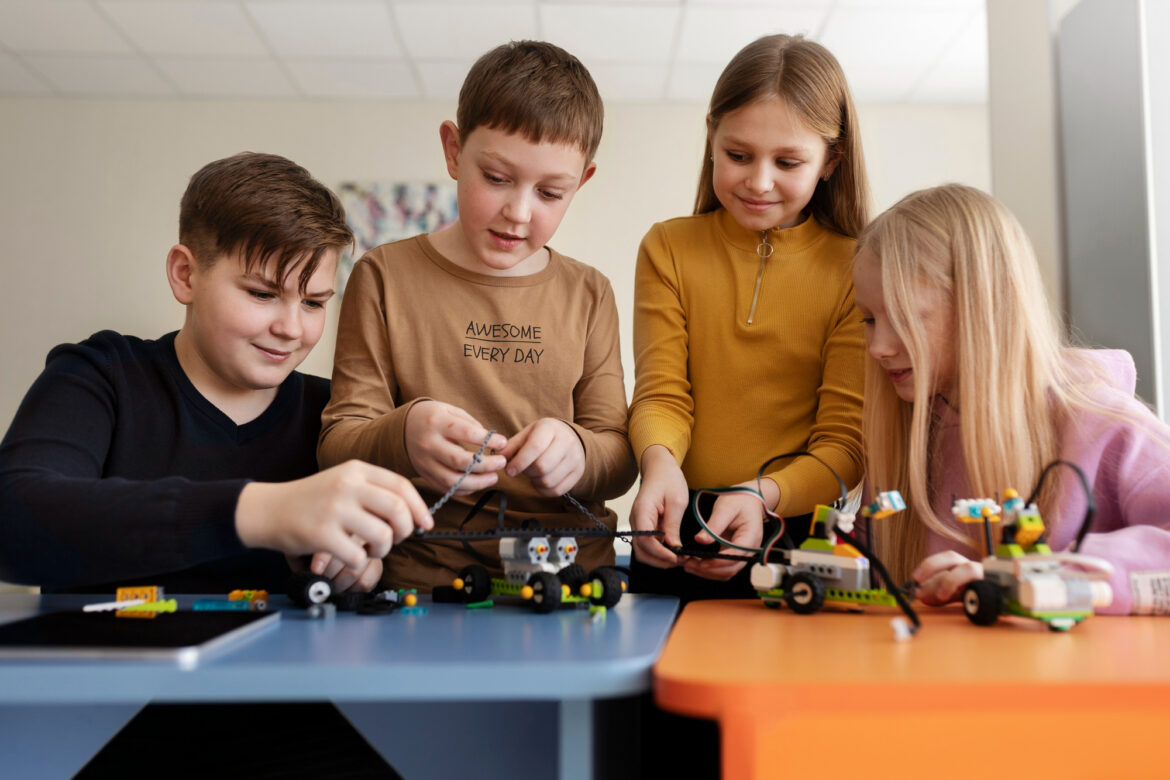Have you ever gotten so engrossed in a game that you lost track of time? Maybe you spent hours building intricate structures in Minecraft, or perhaps you couldn’t put down your phone until you beat that challenging level on Candy Crush.
What if we told you that the very elements that make games so addictive could be used to make learning more fun and engaging? That’s the power of gamification in education!
In this article, we’ll delve into: What is gamification in education? Explaining what it is, why it works, and how it’s transforming the way we learn. We’ll also explore different gamification methods you can use to bring a touch of playfulness to any subject, making education an exciting adventure!
So, grab a cuppa (that’s British for tea!), settle in, and let’s unlock the potential of gamification in education!

What is Gamification in Education?
Imagine transforming your classroom into a giant board game, where every completed assignment earns you points, and mastering a new concept unlocks exciting rewards. That’s the essence of gamification in education!
Gamification is the process of applying game-like elements and design principles to non-game contexts. In education, it involves incorporating game mechanics, aesthetics, and thinking into the learning process to make it more engaging and motivating.
Think of it like this: Instead of simply reading a textbook about the French Revolution, you might participate in a simulation game where you have to make crucial decisions as a historical figure. This interactive experience can make learning history more exciting and memorable.
Also Read: How Hybrid and Online Learning Supports Students in UK? Learning Without Limits
Why Use Gamification in Education?
Traditional learning methods can sometimes feel stale and repetitive. Gamification injects a dose of fun and excitement into the learning process, leading to several benefits:
- Increased Engagement: Games are designed to be fun and engaging. By incorporating game elements, you can make learning more interactive and captivating, keeping students hooked and motivated to learn.
- Improved Knowledge Retention: Gamification often involves repetitive practice and immediate feedback, which can significantly improve knowledge retention compared to passive learning methods.
- Enhanced Motivation: Earning points, badges, and rewards can make learning feel more rewarding. This sense of accomplishment motivates students to push themselves and keep learning.
- Promotes Healthy Competition: Gamification can encourage healthy competition among students, pushing them to strive for excellence. However, it’s important to create a positive learning environment where everyone feels supported.
- Boosts Soft Skills: Many games require teamwork, problem-solving, and critical thinking skills. Gamified learning experiences can help students develop these valuable skills through play.
Real-World Example: Imagine a gamified biology class where students learn about the human body by playing a role-playing game. They might take on the role of different organs and systems, working together to maintain a healthy body. This interactive approach can make learning anatomy and physiology more engaging and memorable.
Different Gamification Methods for Engaging Learners
Now that you understand the benefits of gamification, let’s explore some exciting methods you can use to bring playfulness to your learning environment:
- Points & Badges: Awarding points for completing tasks and activities motivates students and gives them a sense of accomplishment. Badges can be virtual rewards for achieving specific goals or mastering a new concept. Leaderboards can be used to display student progress, fostering a sense of healthy competition.

- Levels & Progression: Structure your learning journey like a video game with different levels. Students progress through these levels by mastering new skills and knowledge. This creates a sense of accomplishment and keeps students engaged as they strive to unlock new levels.
- Challenges & Quests: Introduce challenges and quests that require students to apply their knowledge and skills to solve problems. This promotes critical thinking and makes learning more interactive. For example, a history class could have a quest where students research a historical event and create a presentation to “report back” to the class.
- Storytelling & Role-Playing: Games often have engaging narratives. Incorporate storytelling elements into your lessons to add a touch of excitement. Role-playing can also be a powerful tool, allowing students to step into different characters’ shoes and experience historical events or scientific concepts firsthand.
- Interactive Activities & Games: There’s a wide variety of interactive learning games available online and offline. You can use these games to reinforce concepts, provide practice opportunities, and make learning more fun. Educational apps and websites often incorporate gamification elements to keep students engaged.
- Immediate Feedback & Rewards: Games provide immediate feedback on performance. Incorporate this element into your learning environment by offering feedback quizzes, short answer tasks, or interactive simulations that provide instant feedback to students. Immediate feedback allows students to identify areas needing improvement and adapt their learning strategies. Consider offering small rewards, like bonus points or virtual stickers, for completing tasks or achieving milestones.
Remember: The key to successful gamification is to choose methods that align with your learning objectives and target audience. Don’t let the game mechanics overshadow the actual learning content.
Creating Your Own Gamified Learning Experience
Feeling inspired to create your own gamified learning experience? Here are some tips to get you started:
- Define your learning objectives: What do you want students to learn or achieve?
- Choose your target audience: Consider the age group and learning styles of your students.
- Select appropriate gamification methods: Choose methods that complement your learning objectives and resonate with your audience.
- Design a clear progression system: Break down the learning journey into levels or stages with increasing difficulty.
- Incorporate feedback loops: Provide immediate feedback to students so they can track their progress and identify areas for improvement.
- Test and refine: Pilot your gamified experience with a small group and get feedback to make adjustments before a wider implementation.
Remember: Gamification doesn’t have to be complex or expensive. Start with simple methods and gradually add more sophisticated elements as you gain experience.
Gamification Resources for Educators
Looking for inspiration and resources to get started with gamification in education? Here are some helpful links:
- ClassDojo: https://www.classdojo.com/ is a popular classroom management platform that incorporates gamification elements like points, badges, and leaderboards.

- Kahoot!: https://kahoot.it/ is a game-based learning platform that allows you to create interactive quizzes and games for students.
- Quizizz: https://quizizz.com/ is another popular platform for creating engaging quizzes with game mechanics.
- Gamification in Education Community: https://www.disco.co/blog/the-power-of-community-gamification-how-to-gamify-your-community-in-2024 is a website dedicated to gamification in education, offering resources, articles, and case studies.
These are just a few examples, and there are many other resources available online and in libraries.
The Future of Gamification in Education
Gamification is still evolving, but it has the potential to revolutionize the way we learn. Here’s a glimpse into the exciting possibilities for the future:
- Personalized Learning: Imagine gamified learning experiences that adapt to individual student needs and learning styles.
- Immersive Learning: Virtual reality (VR) and augmented reality (AR) technologies can be integrated with gamification to create immersive learning experiences that make learning even more engaging.
- AI-Powered Gamification: Artificial intelligence (AI) can be used to personalize rewards, adjust difficulty levels, and provide targeted feedback, creating a truly adaptive learning environment.
The future of gamification in education is bright! With its ability to motivate, engage, and make learning more enjoyable, gamification has the potential to unlock a world of possibilities for educators and students alike.
Final Thoughts
So, there you have it! Our exploration into the fascinating world of gamification in education. We’ve discussed what it is, why it works, and how it can be used to transform classrooms into exciting learning playgrounds.
Gamification isn’t just about fun and games; it’s about creating a learning environment that fosters engagement, motivation, and a love of learning. Whether you’re a seasoned educator or a parent looking for ways to make learning more fun at home, gamification offers a powerful set of tools to ignite the spark of curiosity and unlock the potential within every learner.
Ready to gamify your learning experience? With a little creativity and the resources available online, you can design engaging and effective learning experiences that will make learning a joy!
Gamification in Education: Frequently Asked Questions
Engaging Learners Through Play: Exploring Gamification in Education
This FAQ section dives deeper into the world of gamification in education, addressing common questions and concerns.
1. Isn’t gamification just a way to distract students from learning?
Not at all! Gamification is about using game elements to make learning more engaging and motivating, not to replace the actual learning content. The key is to ensure the game mechanics support your learning objectives. Effective gamification enhances the learning process, making it more enjoyable and memorable for students.
2. Is gamification appropriate for all subjects?
Gamification can be applied to a wide range of subjects, from math and science to history and literature. The key is to choose methods that align with the subject matter and learning goals. For example, a math class might use a points system for completing practice problems, while a history class could utilize role-playing games to recreate historical events.
3. Won’t gamification make learning too competitive and stressful for some students?
While gamification can foster healthy competition, it’s crucial to create a positive and inclusive learning environment. Focus on collaboration and teamwork alongside individual achievements. Offer different pathways to success and celebrate everyone’s progress.
4. I’m not a tech whiz. Can I still use gamification in my classroom?
Absolutely! Gamification doesn’t require fancy technology. Simple methods like points systems, badges, and role-playing games can be easily implemented in any classroom setting. You can also use readily available resources like educational board games or online quizzes with game mechanics.
5. What about students who struggle with learning? Can gamification benefit them?
Gamification can be particularly helpful for students who find traditional learning methods challenging. The interactive and engaging nature of gamified learning can help them stay motivated and engaged with the material. Immediate feedback and a sense of accomplishment can boost their confidence and encourage them to persevere.
6. How can I assess student learning in a gamified classroom?
While points, badges, and leaderboards can be motivational tools, they shouldn’t be the sole measure of learning. Combine gamified activities with traditional assessments like quizzes, projects, and essays to get a well-rounded picture of student progress.
7. Gamification sounds like a lot of work! How can I manage my time effectively?
Start small! Introduce gamification elements gradually, perhaps by incorporating a point system for one activity a week. There are also many pre-made gamified learning resources available online that can save you time and effort.
8. How can I get my students on board with gamification?
Involve your students in the gamification process! Ask for their input on what types of rewards and challenges they find motivating. Explain how gamification elements can help them learn and achieve their goals.
9. What are some potential drawbacks of gamification in education?
If not implemented thoughtfully, gamification can become overly focused on competition and extrinsic rewards, potentially diminishing the intrinsic joy of learning. It’s important to strike a balance between fun and learning objectives.
10. Where can I find more information and resources on gamification in education?
There are many resources available online and in libraries. This article provides a few examples, but a simple web search can reveal a wealth of information on gamification techniques, tools, and case studies. Educational technology websites and professional development workshops can also be valuable resources.
